Located in Nauru, Buada Lagoon is a rare inland freshwater lagoon surrounded by dense vegetation, providing a stark contrast to the island’s typically arid region. This tropical oasis is a retreat for local wildlife and a delight for visitors looking to experience Nauru’s natural beauty. Although swimming is not recommended due to water quality, the lagoon’s serene atmosphere makes it a perfect spot for photography, birdwatching, and quiet contemplation. Whether you’re a nature lover or an explorer seeking off-the-beaten-path destinations, Buada Lagoon is an essential stop on your Nauru itinerary.
Quick Details About Buada Lagoon
Location: Buada District, Nauru
Area: Approximately 0.13 square kilometres
Key Features: Freshwater lagoon, surrounded by dense tropical vegetation
Cultural Significance: Important for local myths and traditional fishing practices
Wildlife: Home to various bird species and small aquatic life
Activities: Photography, birdwatching, nature walks, cultural exploration
Location
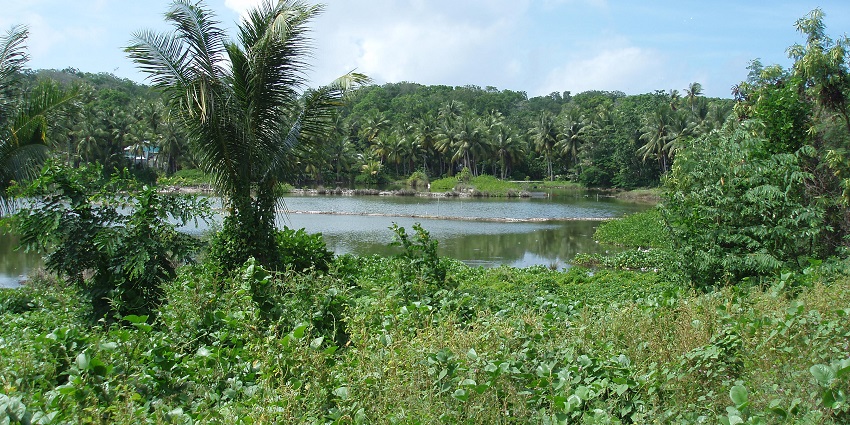
Photo: Erimacrus / Wikimedia Commons
Buada Lagoon is located in the Buada District, a central area of Nauru known for its fertile land and dense tropical greenery. Unlike most of the island, which consists of phosphate rock formations, Buada Lagoon is an exception with its freshwater ecosystem. The surrounding vegetation includes palm trees and pandanus, providing a scenic escape from the otherwise rocky and dry terrain of Nauru.
How To Reach
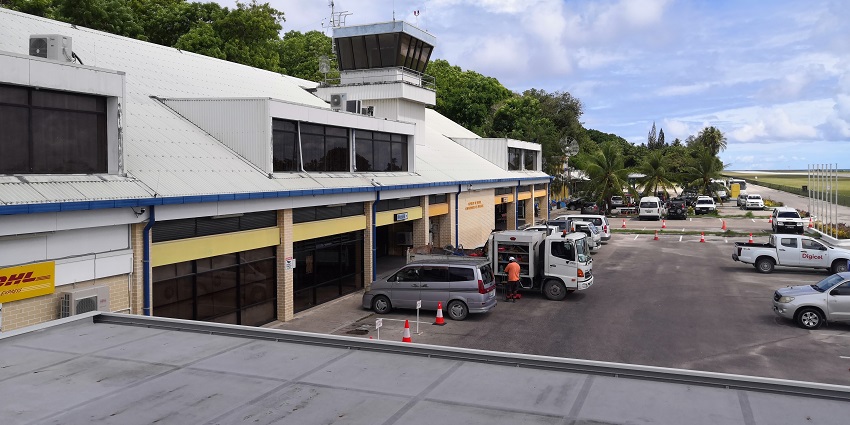
Photo: Carbacca / Wikimedia Commons
By Air: The only international gateway to Nauru is Nauru International Airport (INU). Flights operate mainly from Australia, Fiji, and Kiribati. From the airport, Buada Lagoon is just a 10-minute drive away.
By Road: Taxis and rental cars are available for transportation around the island. Since Nauru is only 19 square kilometres, reaching Buada Lagoon from any part of the island takes no more than 15–20 minutes by car.
Things To Do At Buada Lagoon
Here is a list of things to do in Buada Lagoon:
1. Explore Moqua Caves
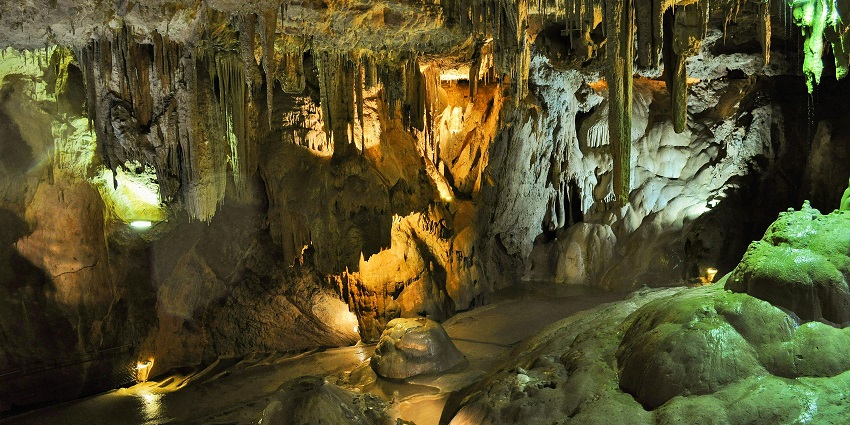
Photo: ClickerHappy / Pexels / Image For Representation Only
Moqua Caves is one of the best places to visit in Buada Lagoon, offering a fascinating underground adventure. These limestone caves feature impressive rock formations and a small underground lake known as Moqua Well, historically used as a freshwater source. Exploring the caves provides insight into Nauru’s geological past and a glimpse into the island’s lesser-known natural wonders. Visitors should bring a flashlight and wear sturdy shoes, as some passages can be dark and slippery.
2. Learn About Fish Farming
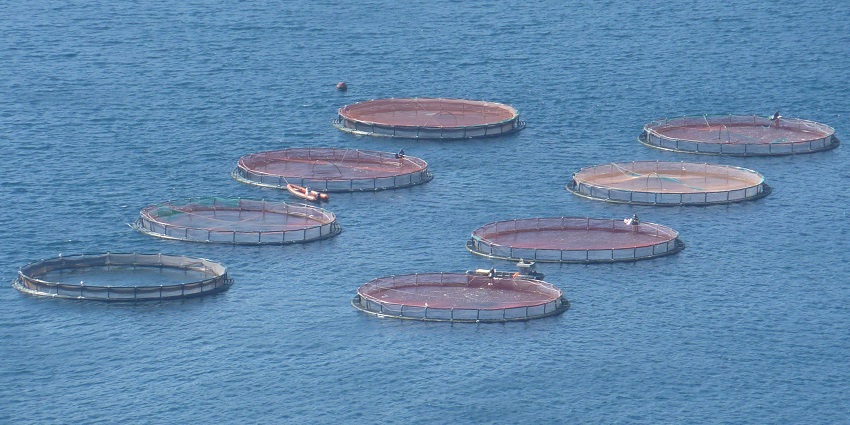
Photo: Muffinn / Wikimedia Commons / Image For Representation Only
Buada Lagoon was traditionally used for fish farming, a practice that sustained the local community for generations. While no longer actively maintained, the lagoon’s history as a fish farming site remains an important part of Nauru’s cultural heritage. Speaking with locals can provide valuable insights into the island’s traditional fishing techniques and how the lagoon once played a crucial role in sustaining Nauruan livelihoods.
3. Capture The Tropical Beauty Of Nauru

Photo: Hadi Zaher / Wikimedia Commons
For photography enthusiasts, Buada Lagoon is one of the most picturesque locations on the island. The contrast between the greenery, calm water, and the island’s typically dry surroundings creates a visually striking landscape. Early morning and late afternoon provide the best lighting for capturing stunning photographs of the lagoon and its surroundings. Birdwatchers can also spot local species resting in the trees or gliding over the water.
Places You Must Explore Near Buada Lagoon
Here is a list of places near Buada Lagoon you must visit:
1. Command Ridge
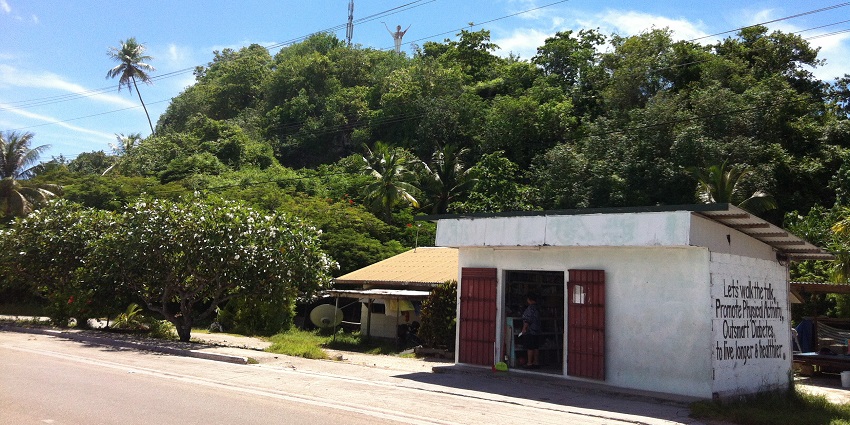
Photo: Sean Kelleher / Wikimedia Commons / Image For Representation Only
Command Ridge is the highest point on Nauru and holds great historical significance. During World War II, it served as a Japanese observation post, with remnants of bunkers and artillery still visible today. Visitors can explore these wartime relics while learning about Nauru’s strategic role in the Pacific conflict. The ridge also offers breathtaking views of the island’s coastline, phosphate plateaus, and lush interior. It’s an excellent spot for history enthusiasts, photographers, and anyone looking to experience a different side of Nauru beyond its famous beaches and tropical regions.
Location: Central Nauru, near Aiwo District.
Distance From Buada: Approximately 1.5 kilometres
2. Anibare Bay
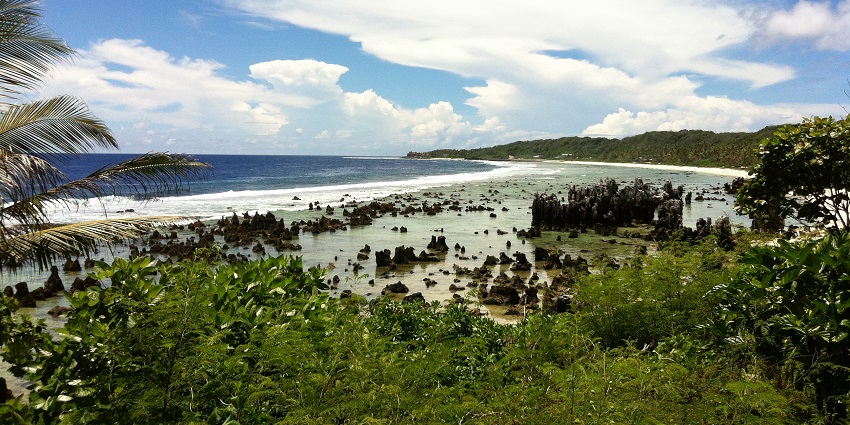
Photo: Sean Kelleher / Wikimedia Commons
Anibare Bay is a must-visit. This stunning stretch of white sand is dotted with coconut trees and lapped by blue waters, making it one of Nauru’s best swimming and snorkelling spots. The crystal-clear waters allow visitors to explore the vibrant marine life, although strong currents may sometimes be present. The bay is also a popular location for sunrise and sunset photography, offering breathtaking views over the Pacific Ocean.
Location: Eastern coast of Nauru, near Anibare District.
Distance From Buada: Approximately 8 kilometres.
3. Topside
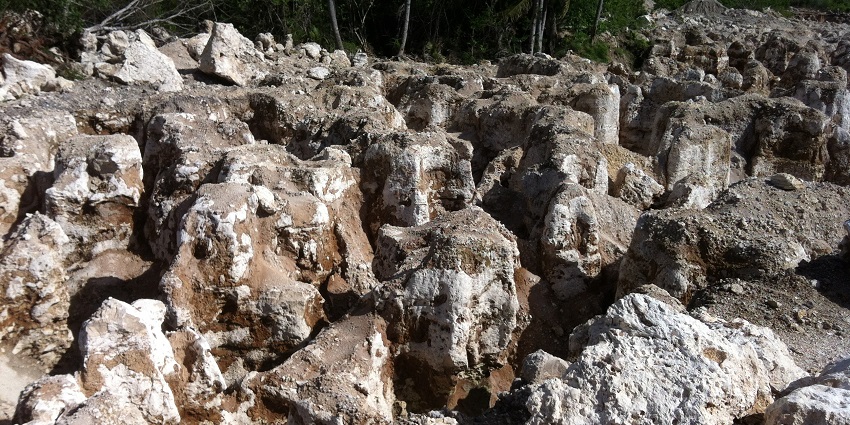
Photo: Sean Kelleher / Wikimedia Commons
The Topside region of Nauru presents a stark contrast to the greenery of Buada Lagoon. This area is dominated by jagged limestone pinnacles, remnants of the extensive phosphate mining that once fuelled Nauru’s economy. Although the region may seem barren, it tells an important story of the island’s industrial history and environmental challenges. Exploring Topside offers a glimpse into how mining has shaped Nauru’s geography and economy.
Location: Central plateau of Nauru, encompassing the island’s interior.
Distance From Buada: Varies from different points
Where To Stay
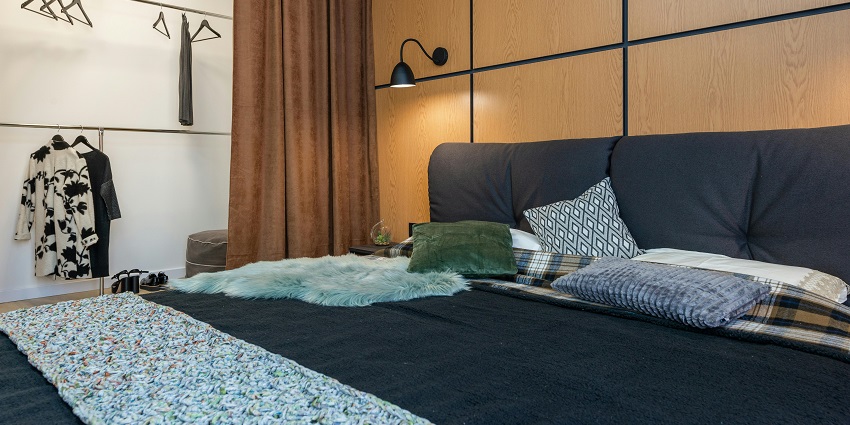
Photo: Max Vakhtbovycn / Pexels / Image For Representation Only
Accommodation options in Nauru are limited but offer comfort and essential amenities. The Menen Hotel, located near Anibare Bay, is the island’s main hotel. It provides rooms equipped with air conditioning, television, fridge, and microwave oven. The hotel features on-site dining options and easy access to transportation services. For a more budget-friendly option, Ewa Lodge offers fully furnished, air-conditioned rooms with queen beds, satellite TV, DVD players, bar fridges, and electric kettles. Daily housekeeping services ensure a comfortable stay.
Where To Eat
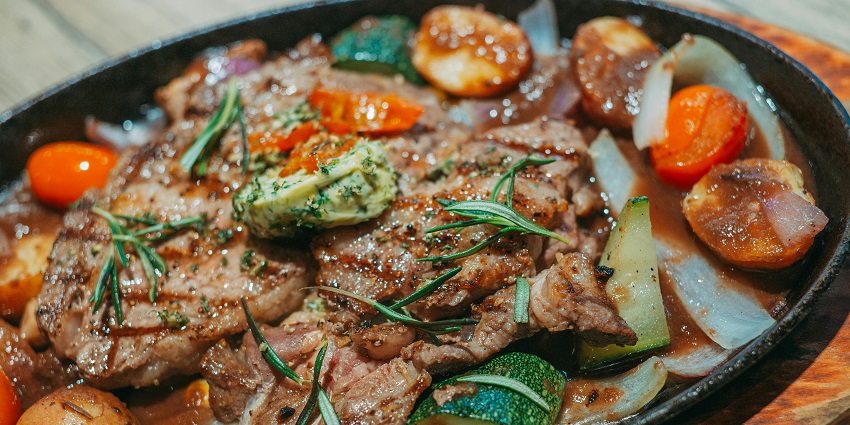
Photo: FOX ^.ᆽ.^= ∫ / Pexels / Image For Represenattion Only
Dining options in Nauru, though limited, offer a variety of local and international cuisines. The Bay Restaurant, located near Anibare Bay, provides a serene setting with ocean views. Within the Menen Hotel, the Reef Bar offers a variety of beverages, including tropical cocktails and local brews, in a casual and welcoming ambiance. For a quick snack or a cup of coffee, the Tropicana Café within the Capelle & Partner complex serves delicious breakfast meals and freshly brewed coffee, known for offering the best coffee on the island.
Best Time To Visit
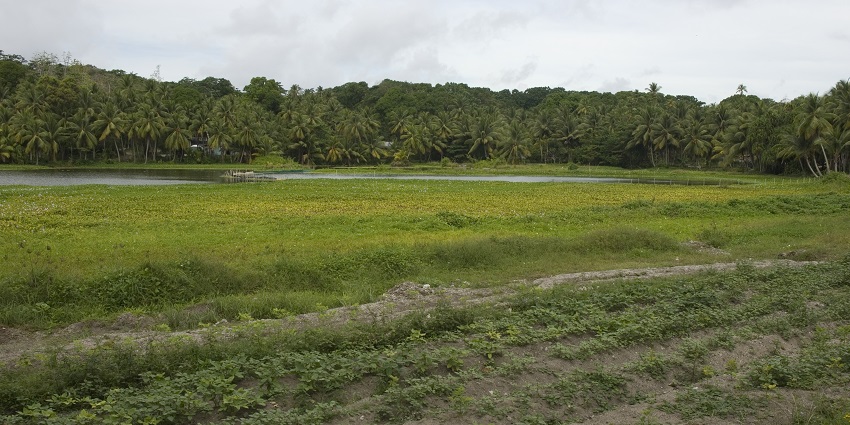
Photo: Department of Foreign Affairs and Trade / Wikimedia Commons
The best time to visit Buada Lagoon in Nauru is during the dry season, from May to October. During these months, the weather is pleasant, with lower humidity and minimal rainfall, making it ideal for outdoor activities like sightseeing and exploring nearby attractions. The wet season, from November to April, brings heavy rains and high humidity, which may hinder travel plans. Visiting in the dry months ensures a more comfortable and enjoyable experience while exploring Nauru’s natural beauty.
Other Factors To Consider
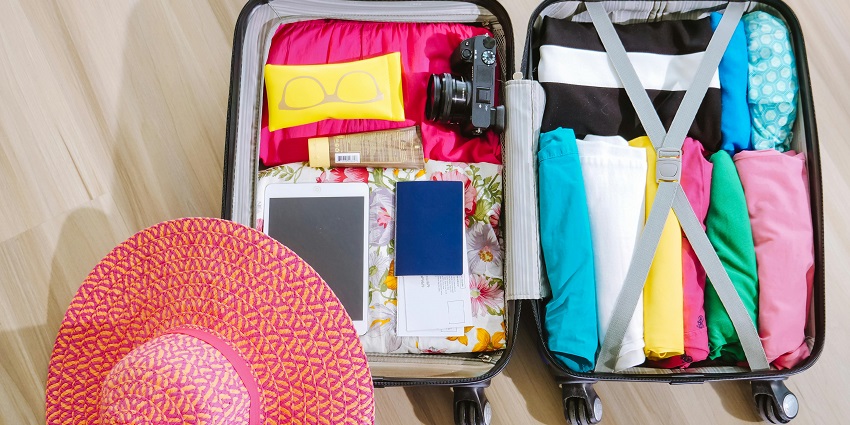
Photo: Kindel Media / Pexels / Image For Representation Only
Average Cost Of The Trip
A trip to Buada Lagoon, Nauru, costs around ₹1,80,000–₹2,50,000 for a week. Flights are expensive, starting at ₹93,000 (one-way). Accommodation is limited, ranging from ₹3,000–₹5,000 per night. Daily expenses, including food and transport, are ₹4,100–₹8,200. The currency used is Australian Dollars, and a visa costs ₹3,600 approx. Plan well, as travel options and facilities in Nauru are limited.
Tips For Travellers
- Bring insect repellent, as mosquitoes are common near Buada Lagoon.
- Wear comfortable walking shoes, especially when exploring caves or rocky areas.
- Travel insurance is recommended due to limited healthcare facilities.
- Plan your itinerary in advance, as public transport is minimal.
- Drink bottled water, as tap water may not always be safe for drinking.
- Take plenty of sunscreen and a hat to protect against the strong tropical sun.
Buada Lagoon is a hidden gem in Nauru, offering a peaceful escape from the island’s rocky terrain. Its beautiful surroundings, combined with nearby attractions, such as Moqua Caves, Command Ridge, and Anibare Bay, make it a must-visit for travellers seeking both natural beauty and historical significance. Plan your Nauru adventure with TripXL’s customised travel packages for a seamless and unforgettable experience.
Cover Photo: Lorrie Graham/AusAID / Wikimedia Commons


 WhatsApp
WhatsApp
 Twitter
Twitter









